As summer draws to a close, it's time to start preparing your garden for the fall season. This transitional period is crucial for maintaining the health of your garden and ensuring a successful growing season next year. Here are some essential tips to help you get your garden ready for fall.
Clean Up Your Garden
Start by cleaning up your garden to remove any dead or diseased plants. This helps prevent the spread of diseases and pests that can overwinter and cause problems in the spring.
- Remove Dead Plants: Pull out dead or dying plants and compost them if they are disease-free.
- Weed Control: Remove weeds to prevent them from seeding and spreading.
- Tidy Up Borders and Paths: Clear debris from garden borders and pathways.
Soil Preparation
Preparing your soil for the fall is vital for the health of your garden. This involves several steps:
- Add Compost: Enrich your soil by adding a layer of compost. This improves soil structure and adds essential nutrients.
- Mulch: Apply mulch to help retain soil moisture, suppress weeds, and regulate soil temperature.
- Soil Testing: Conduct a soil test to determine pH levels and nutrient deficiencies. Amend the soil based on the test results.
Plant Fall Crops
Fall is an excellent time to plant cool-season crops that thrive in cooler temperatures.
- Vegetables: Plant vegetables like lettuce, spinach, carrots, and broccoli.
- Herbs: Consider planting herbs such as parsley, cilantro, and chives.
- Flowers: Plant fall-blooming flowers like mums and pansies to add color to your garden.
Lawn Care
Your lawn also needs attention as the seasons change.
- Aeration: Aerate your lawn to improve air circulation and water penetration.
- Overseeding: Overseed your lawn to fill in bare spots and thicken the grass.
- Fertilizing: Apply a fall fertilizer to promote root growth and prepare your lawn for winter.
Protecting Plants
Protect your plants from the upcoming colder weather.
- Covering: Use row covers or blankets to protect sensitive plants from frost.
- Mulching: Add an extra layer of mulch around perennials to insulate roots.
- Watering: Water your plants deeply before the first frost to help them withstand the cold.
Tool Maintenance
Take time to clean and maintain your gardening tools.
- Clean Tools: Clean and disinfect tools to prevent the spread of diseases.
- Sharpen Blades: Sharpen pruners, shears, and mower blades.
- Store Properly: Store tools in a dry place to prevent rust.



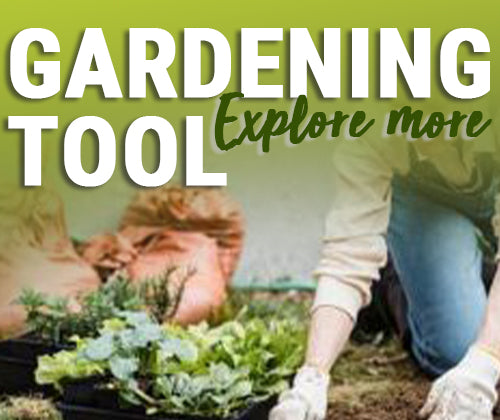



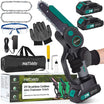
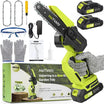

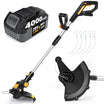






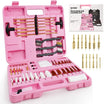
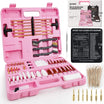
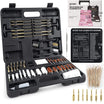
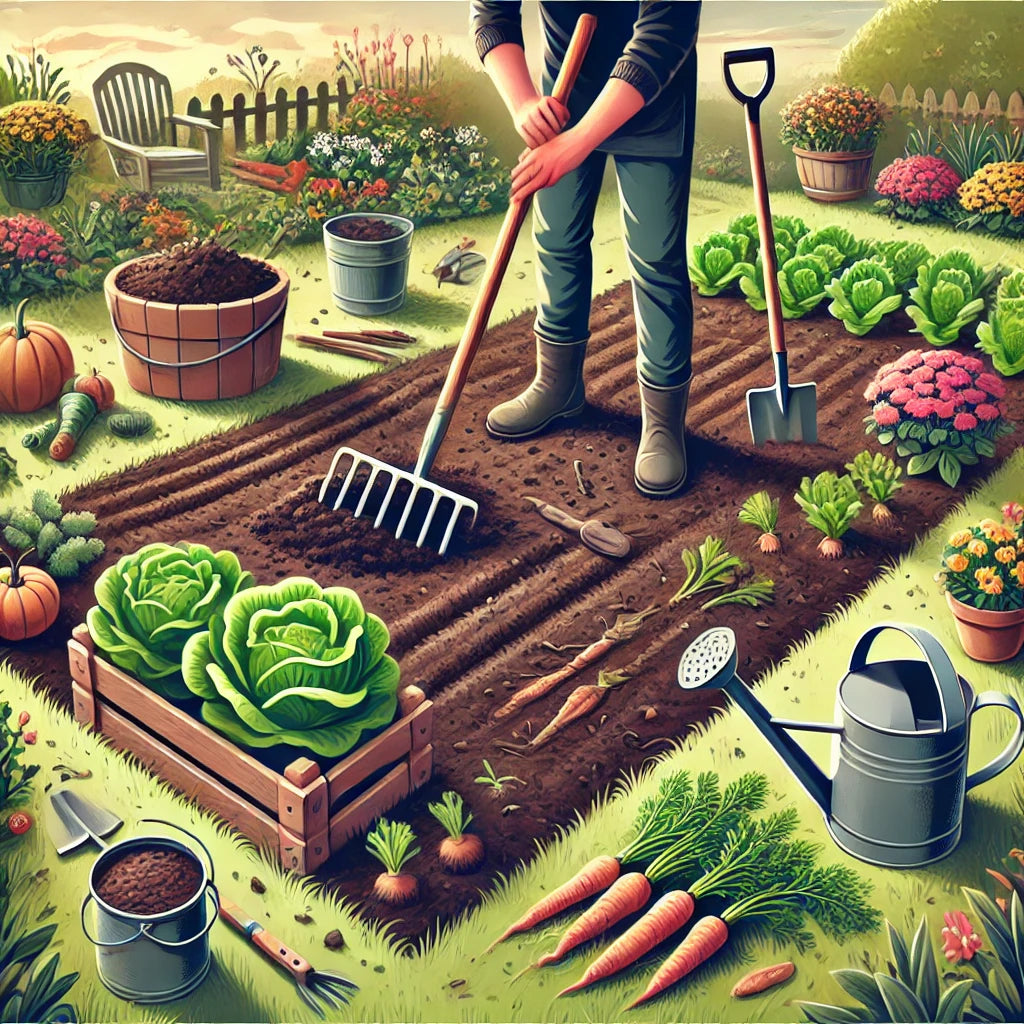

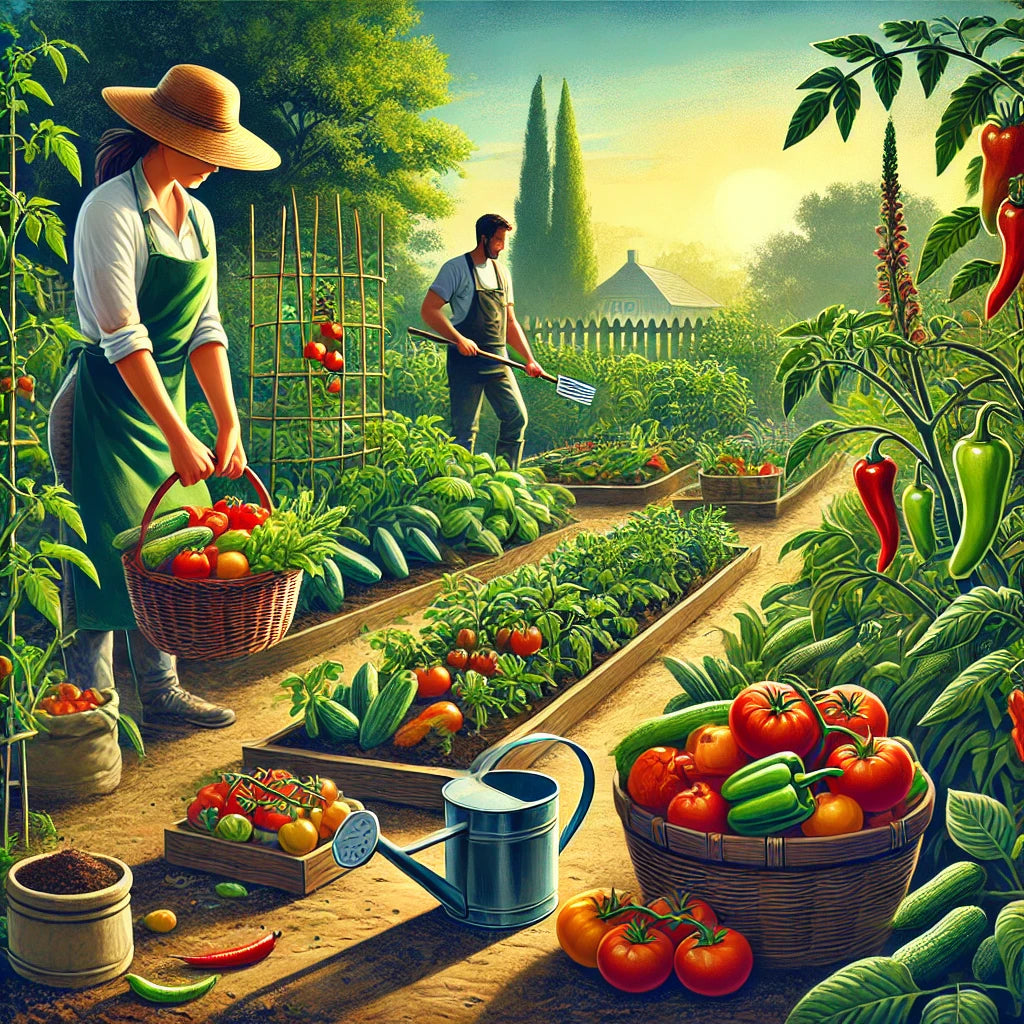
Leave a comment
All comments are moderated before being published.
This site is protected by hCaptcha and the hCaptcha Privacy Policy and Terms of Service apply.